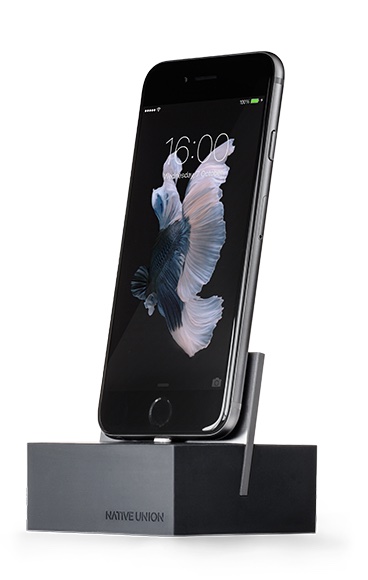Smart watches will provide the biggest opportunity for flexible displays in the short term. A number of new smart watch vendors have incorporated some form of flexible display technology to maximize the screen size of the small device.
Market Intelligence firm ABI Research (www.abiresearch.com) believes most of the digital smart watches and other fitness and health wearable devices will incorporate a flexible display over the next eighteen months due to the robust and rugged characteristics of the displays.
Furthermore, flexible displays or e-ink displays could be used as secondary displays on smartphones and media tablets. Phablets are predicted to be a key application for secondary displays — it is anticipated more than 6% of annual phablet shipments could include the display type in 2015.
“Samsung’s YOUM technology (flexible display) has been highly publicized and it is clearly understandable why people can see the ‘wow’ factor in the technology. Nevertheless, the use of the technology in smartphones and tablets is still unlikely to become hugely popular in the next twelve months,” says ABI Research Senior Analyst Joshua Flood. “There are a number of questions that need to be addressed. First and foremost, how useful is a flexible display on a mobile device like a smartphone?”
Samsung and LG have been pushing their new display technologies and several prototype devices have been broadcasted over the last 12 months. However, how flexible displays can really add value or enhance user experiences for key mobile devices is still unclear.
Nevertheless, the concept flexible display mobile devices should not be abandoned straightway. For example, eReaders have been a key application for the technology used in flexible displays for some time. However, the future of the eReader market is uncertain as global shipments continue to decline and the popularity of media tablets continues at a breathless pace.


